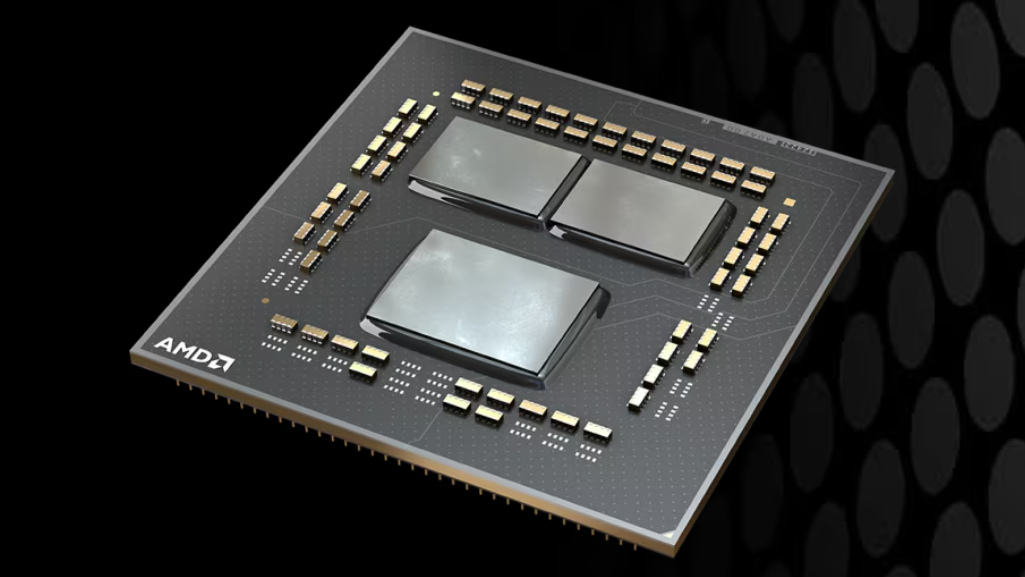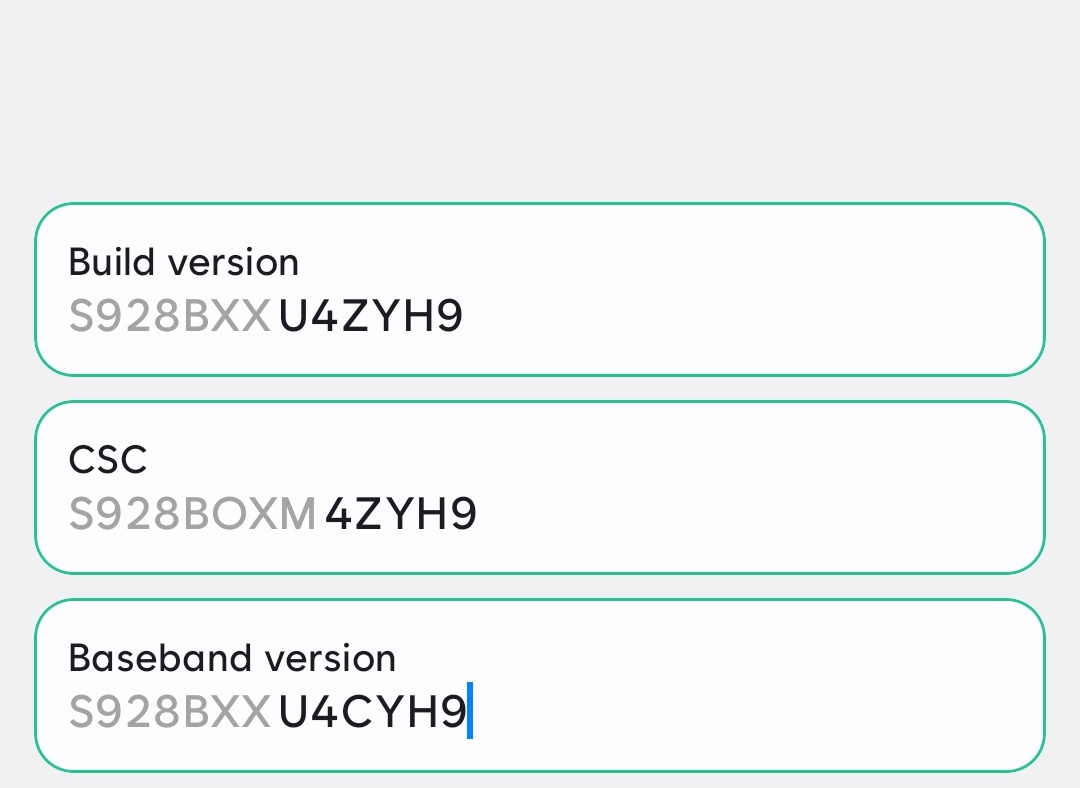
AMD Zen 5 continues to see the groundwork laid for its upcoming arrival on Linux, now in the form of Linux kernel “x86/urgent” patches addressing four numerical ranges of AMD Family 26 CPUs, aka Zen 5 CPUs. These ranges, as corroborated by Phoronix, are from 0-15, 32-47, 64-79, and finally 112-127. Each number could theoretically correspond to its own CPU or CPU range (e.g. Strix Point for mobile, Granite Ridge for desktop), though the existence of pre-release CPUs, development-only CPUs, etc., means that not all of these will be released — and some may never be used.
The timing of these patches in proximity to Zen 5 Strix Point Geekbench results uncovered yesterday on Twitter add yet more fuel to speculation that Zen 5 could be arriving sooner rather than later. We’ve also previously reported on Zen 5-related updates to Linux’s GCC compiler and PMC driver. Unfortunately, besides knowledge of the model number ranges, the latest Linux patches don’t really teach us anything new about Zen 5 or its upcoming CPUs.
Based on the information we do have, though, we can expect significant improvements to AI performance and iGPU performance thanks to XDNA 2 and RDNA 3+, respectively. XDNA 2 is expected to deliver over 70 TOPS in AI performance, which is nearly twice the 40 TOPS requirement for “next-gen AI PCs.” We don’t quite know what to expect from the RDNA 3+ improvements yet, but AMD’s track record has kept RDNA 3 on top of the iGPU market despite competition from Intel, so AMD still seems strong there.
In any case, the latest Zen 5 Linux kernel patches at least point toward AMD wanting lots of room to work with.
In total, there are 64 potential Zen 5 CPU model numbers being placed into the code now (16 per 4 ranges) to account for future development and/or releases. That seems like a lot of room for experimentation with things such as handheld-tailored APU designs, more powerful desktop integrated graphics, and so on. Other leaks point toward AMD’s Strix Point mobile CPUs adopting Zen 5C cores, as well.





